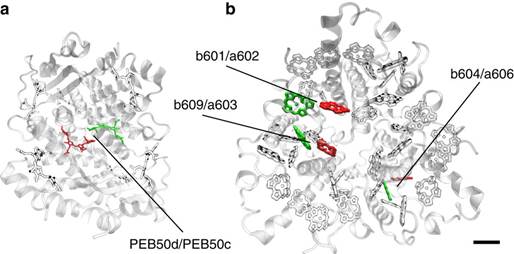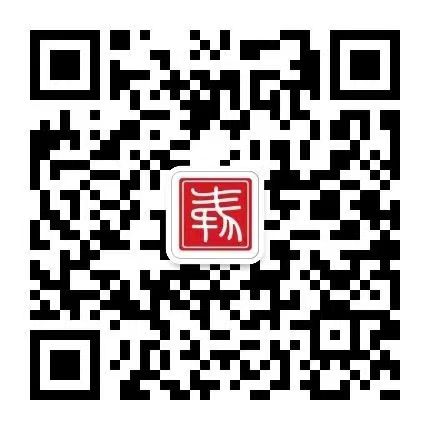量子力学解释光合效率
来源:《Nature Communications》
作者:Edward J. O’Reilly等
时间:2014-03-12

Light-gathering macromolecules in plant cells transfer energy by taking advantage of molecular vibrations whose physical descriptions have no equivalents in classical physics, according to the first unambiguous theoretical evidence of quantum effects in photosynthesis.

植物细胞中的聚光分子利用分子振动传递能量,其物理类型在经典物理学中没有等价物,根据2014年1月9日《自然通讯》发表的光合作用量子效应的第一个明确理论依据。
大多数聚光分子是由连接到蛋白的发色团(负责分子的颜色)组成,其进行光合作用的第一步,捕获阳光并高效转移相关的能量。先前的实验表明,能源利用量子现象以波的方式转移,但重要的是,非经典的解释不能像经典物理描述同一现象那样令人信服。
通常,观察或探索量子力学现象系统需要被冷却到非常低的温度。但一些生物系统似乎并非如此,其显示即使在环境温度下也具有量子特性。
现在,伦敦大学学院的一个研究团队试图在这些生物系统确定只能通过量子物理预测的一些特性,并且不存在这些特性的经典类似物。(编译:中国科学院成都生物研究所 王芋华,王海燕)
Non-classicality of the molecular vibrations assisting exciton energy transfer
at room temperature
Abstract Advancing the debate on quantum effects in light-initiated reactions in biology requires clear identification of non-classical features that these processes can exhibit and utilize. Here we show that in prototype dimers present in a variety of photosynthetic antennae, efficient vibration-assisted energy transfer in the sub-picosecond timescale and at room temperature can manifest and benefit from non-classical fluctuations of collective pigment motions. Non-classicality of initially thermalized vibrations is induced via coherent exciton–vibration interactions and is unambiguously indicated by negativities in the phase–space quasi-probability distribution of the effective collective mode coupled to the electronic dynamics. These quantum effects can be prompted upon incoherent input of excitation. Our results therefore suggest that investigation of the non-classical properties of vibrational motions assisting excitation and charge transport, photoreception and chemical sensing processes could be a touchstone for revealing a role for non-trivial quantum phenomena in biology.
原文链接:http://www.nature.com/ncomms/2014/140109/ncomms4012/pdf/ncomms4012.pdf




